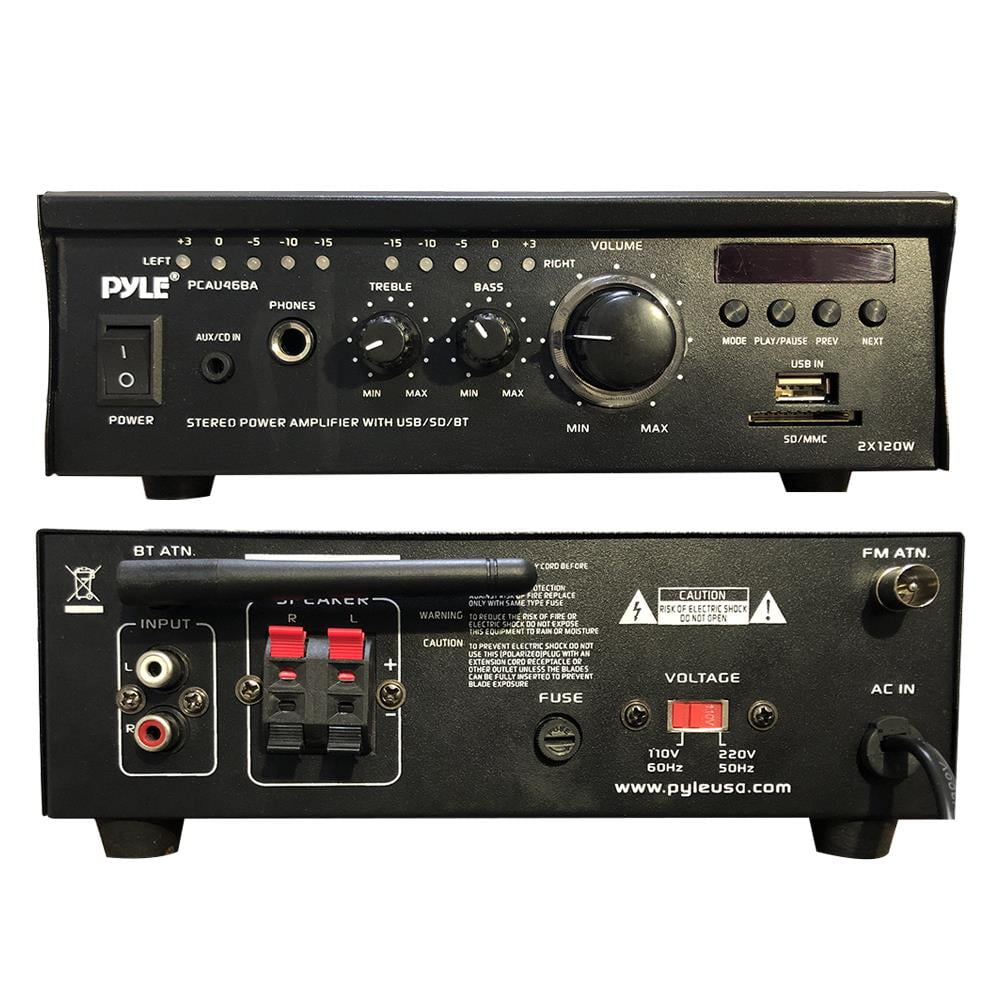Powering the Sound Revolution: A Deep Dive into the Audio Amplifier Market
The audio amplifier market has witnessed substantial growth over the past decade, driven by increasing demand for high-quality audio systems across consumer electronics, automotive, and professional audio segments. With audio playing an essential role in communication, entertainment, and user experience, the audio amplifier industry continues to evolve rapidly, integrating new technologies to meet diverse consumer needs.
An audio amplifier is an electronic device that boosts low-level audio signals to a level suitable for driving loudspeakers. From compact portable Bluetooth speakers to high-end home theater systems, audio amplifiers are critical components in ensuring crisp, powerful, and distortion-free sound.

Key Drivers of the Audio Amplifier Market
1. Rise in Consumer Electronics Demand
The proliferation of smartphones, wireless earbuds, portable speakers, smart TVs, and gaming consoles has significantly increased the need for compact and energy-efficient audio amplifiers. As consumers seek immersive audio experiences, manufacturers are investing in improved amplifier technologies.
2. Growth in the Automotive Sector
Modern vehicles are equipped with sophisticated infotainment systems that require advanced audio processing. The growing adoption of in-car entertainment, along with electric vehicle (EV) trends, is propelling the use of audio amplifiers in the automotive industry.
3. Advancements in Wireless and Bluetooth Technology
The integration of Bluetooth, Wi-Fi, and other wireless technologies in audio systems has increased the demand for digital and class-D amplifiers. These amplifiers are preferred for their high efficiency and minimal heat dissipation in portable and battery-operated devices.
4. Expansion in Professional Audio and Live Events
With the resurgence of live concerts, public events, and studio recording activities, there is an uptick in demand for high-powered audio amplifiers. This segment requires amplifiers that offer high fidelity, minimal distortion, and robust performance.
5. Rising Popularity of Smart Home Devices
Smart speakers, voice assistants, and AI-enabled home systems rely on advanced amplifiers to deliver seamless audio responses and music playback. This trend contributes to the steady growth of the audio amplifier market.
Market Segmentation
The audio amplifier market can be segmented based on the following parameters:
By Channel: Mono, Two-Channel, Four-Channel, Six-Channel
By Class: Class A, Class B, Class AB, Class D
By Application: Consumer Electronics, Automotive, Home Audio, Professional Audio, Industrial Systems
By Region: North America, Europe, Asia-Pacific, Latin America, Middle East & Africa
Among these, class-D amplifiers are gaining the most traction due to their energy efficiency, compact size, and suitability for portable electronics.
Leading Players in the Audio Amplifier Market
Key companies driving the audio amplifier market include:
Texas Instruments
STMicroelectronics
Infineon Technologies AG
NXP Semiconductors
ON Semiconductor
Analog Devices Inc.
Qualcomm
Yamaha Corporation
Cirrus Logic
Toshiba Corporation
These companies focus on R&D, new product launches, and collaborations with device manufacturers to stay competitive.
Challenges in the Market
While the audio amplifier market is expanding, it faces several challenges:
Design Constraints in Miniature Devices: Balancing sound quality and amplifier size in ultra-compact electronics remains a technical hurdle.
Thermal Management: High-performance amplifiers generate heat, requiring efficient thermal designs to avoid performance degradation.
Price Sensitivity: In competitive consumer electronics markets, cost control is crucial, pushing manufacturers to find a balance between performance and affordability.
Electromagnetic Interference (EMI): With increasing wireless connectivity, amplifiers must be designed to resist EMI and ensure consistent performance.
Emerging Trends
1. Integration with AI and Smart Systems
Smart speakers and personal assistants are integrating AI-driven audio responses that require real-time signal processing and amplification. This is creating demand for intelligent, adaptive audio amplification solutions.
2. Miniaturization and Power Efficiency
Next-generation wearable devices and IoT applications need ultra-small, high-efficiency amplifiers. This trend is pushing the market towards innovation in chip design and packaging.
3. Customizable and Modular Audio Solutions
OEMs and audio system integrators are increasingly looking for modular amplifiers that can be tailored to specific applications, whether it's a compact earbud or a high-power soundbar.
4. Automotive Personalization
Luxury car manufacturers are using personalized audio zones and advanced sound tuning, requiring more amplifier channels and smart distribution of power across speakers.
Future Outlook
The audio amplifier market is expected to grow steadily over the next decade. The surge in smart devices, automotive infotainment systems, and consumer expectations for superior sound quality will continue to drive innovation and demand. Emerging markets in Asia-Pacific and Latin America, where smartphone and audio device penetration is increasing, also offer lucrative opportunities for growth.
With sustainability in focus, manufacturers are exploring environmentally friendly materials and more energy-efficient amplifier classes, which aligns with broader industry trends across electronics.
Conclusion
The audio amplifier market is undergoing a transformation fueled by technological advancements, increasing audio consumption, and the need for smart, compact, and efficient amplification solutions. As audio continues to be an integral part of both personal and professional experiences, the role of amplifiers will remain central, driving both innovation and market expansion in the years ahead.
Related Trending Topics
Comments
Post a Comment